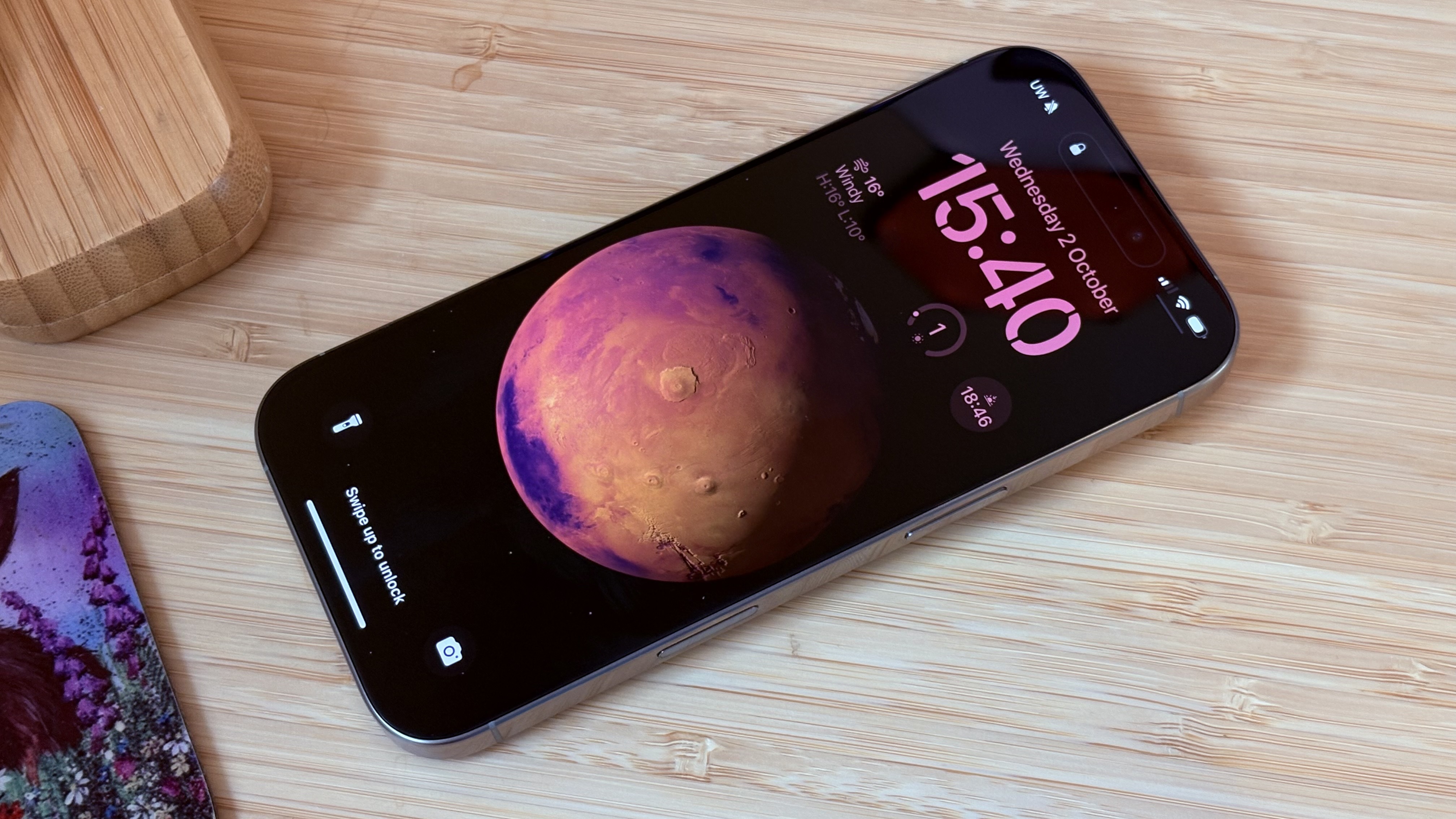
As about one in five of us have an iPhone, the release of the iPhone 16 Pro is big news in the world of tech, especially for those of us who like our camera phones to be as shiny and snazzy as possible.
The iPhone may not be the clear leader among the best camera phones on the market any more, but the iPhone 16 Pro aims to reclaim that title and affirm its place as the phone of choice for creatives with an improved 48MP main camera on top of improved photo and video-editing suites, with the usual market-leading and rival-thrashing creative app selection still sporting the excellent iMovie, GarageBand and Freeform apps preloaded and free to use.
I've had the iPhone 16 Pro for almost a week now, and as always, I've been left impressed by how easy it is to set up, with transferring data and apps from Android easier than ever, along with its smooth integration with accessories like the Apple Watch. The camera is also clearly better than before, perching it right atop the best iPhones for photography (although it may not beat the best of the best yet) and the ecosystem is nicely focused on user needs over innovation for innovation's sake. But unless you're an Apple aficionado and a professional content creator, you may not need this more expensive Pro model...
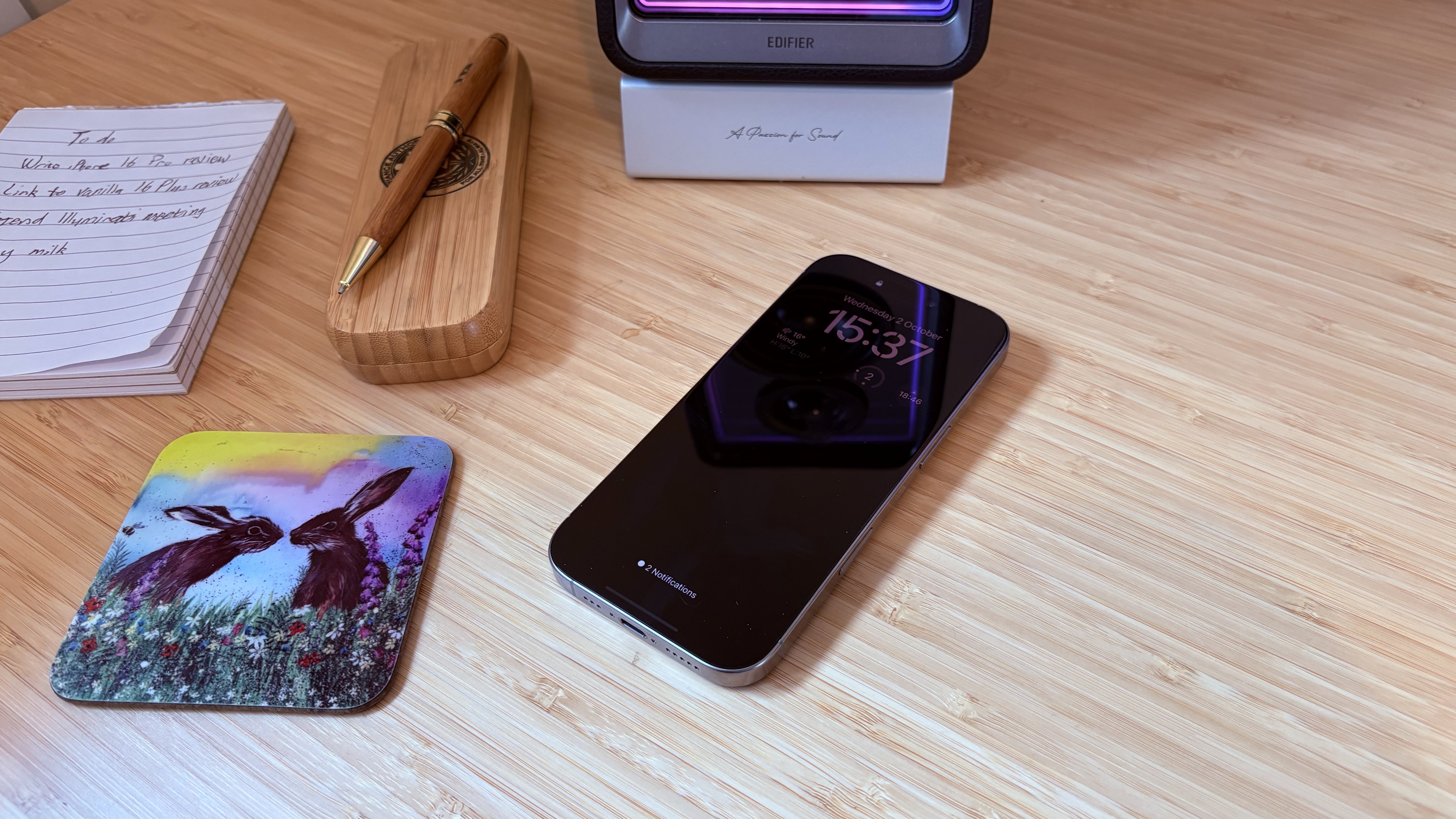
Apple iPhone 16 Pro: Key specifications
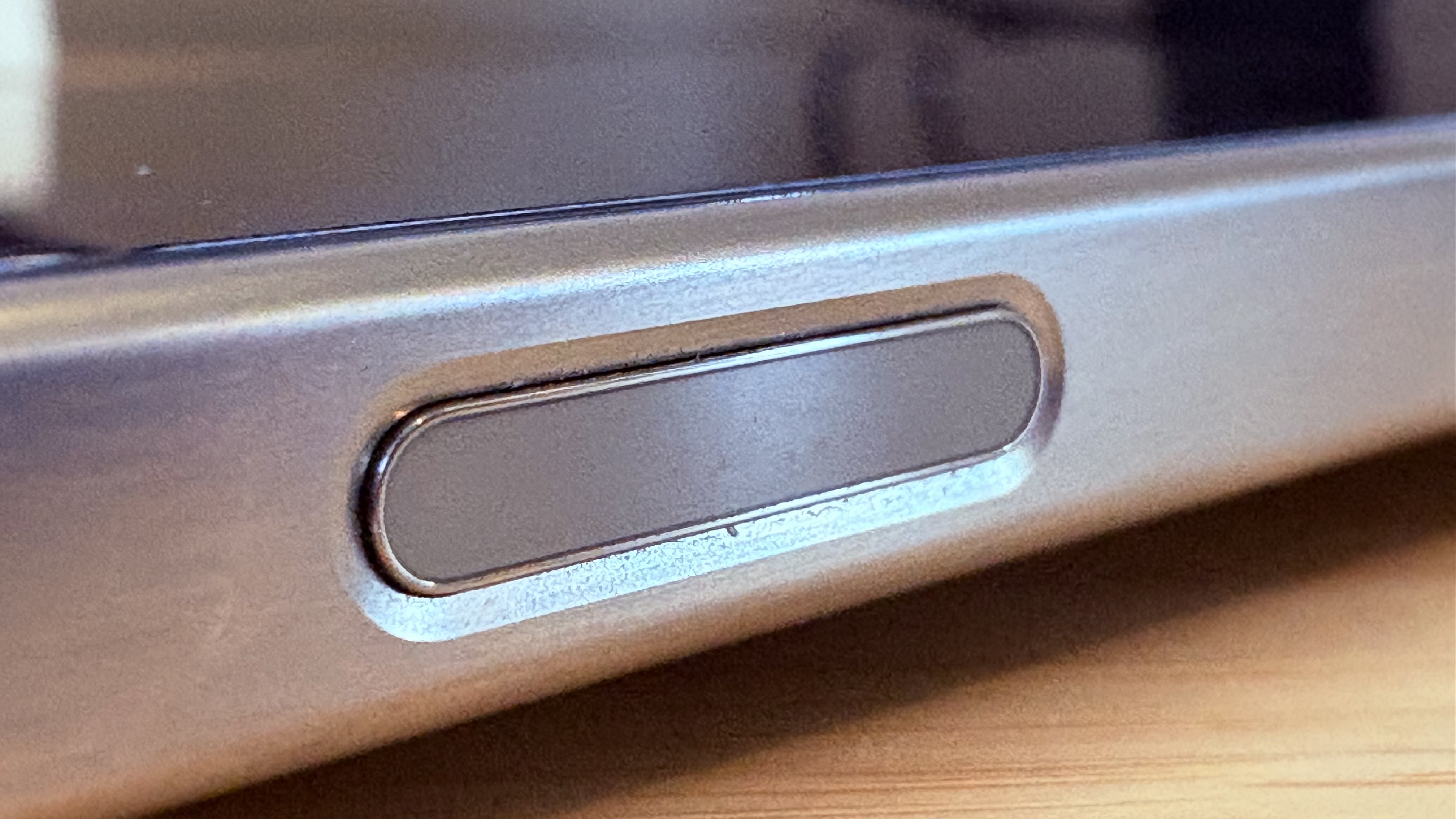
Design and screen
In a shock move to absolutely no one at all, the iPhone 16 Pro looks almost identical to the iPhone 15 Pro. It's a chunky lil' rectangle made from steel, glass and aluminium, weighing just under 200 grams, with rounded corners and a three-lens camera array in the top-left corner when you look at the back, just like the 15 Pro. There are two, and exactly two, visible differences from last year's model.
One is the size, as Apple have upscaled the Pro's display from 6.1 inches last year to 6.3 this time around (and the Pro Max has likewise grown from 6.7 to 6.9 inches). There is a corresponding increase in pixel count, retaining the XDR OLED screen's 460 PPI density on both the Pro and Pro Max.
The corners remain more rounded than on most of the iPhone's Android rivals, which does make the screen feel a little smaller than it is (so you'll have more cut-off in the corners on this than an equivalent-sized Xiaomi or Samsung, for example), but it also helps it retain that classy look and comfortable hold we've grown to like so much with iPhones.
The other visible difference is on the side, as there's a new button below the power button. Running flush with the side surface is a dedicated camera button, which not only opens the camera when you press it, but also offers touch-sensitive control of camera functions when using it. Half-pressing it opens the zoom control and a double half-click opens up a further menu for various camera controls. Then you simply run your finger along the touch-sensitive button to toggle between the options popping down onto the screen from the location of the button.
Near-everything else on the phone looks the same though. The screen has been further reinforced to withstand falls, impacts and shocks, while the back has Corning-made textured glass and the frame is grade-5 titanium as before.
The action button introduced last year is also still here, with more customisation options than before (and it will be one of the first things you'll be prompted to program when starting up the phone for the first time).
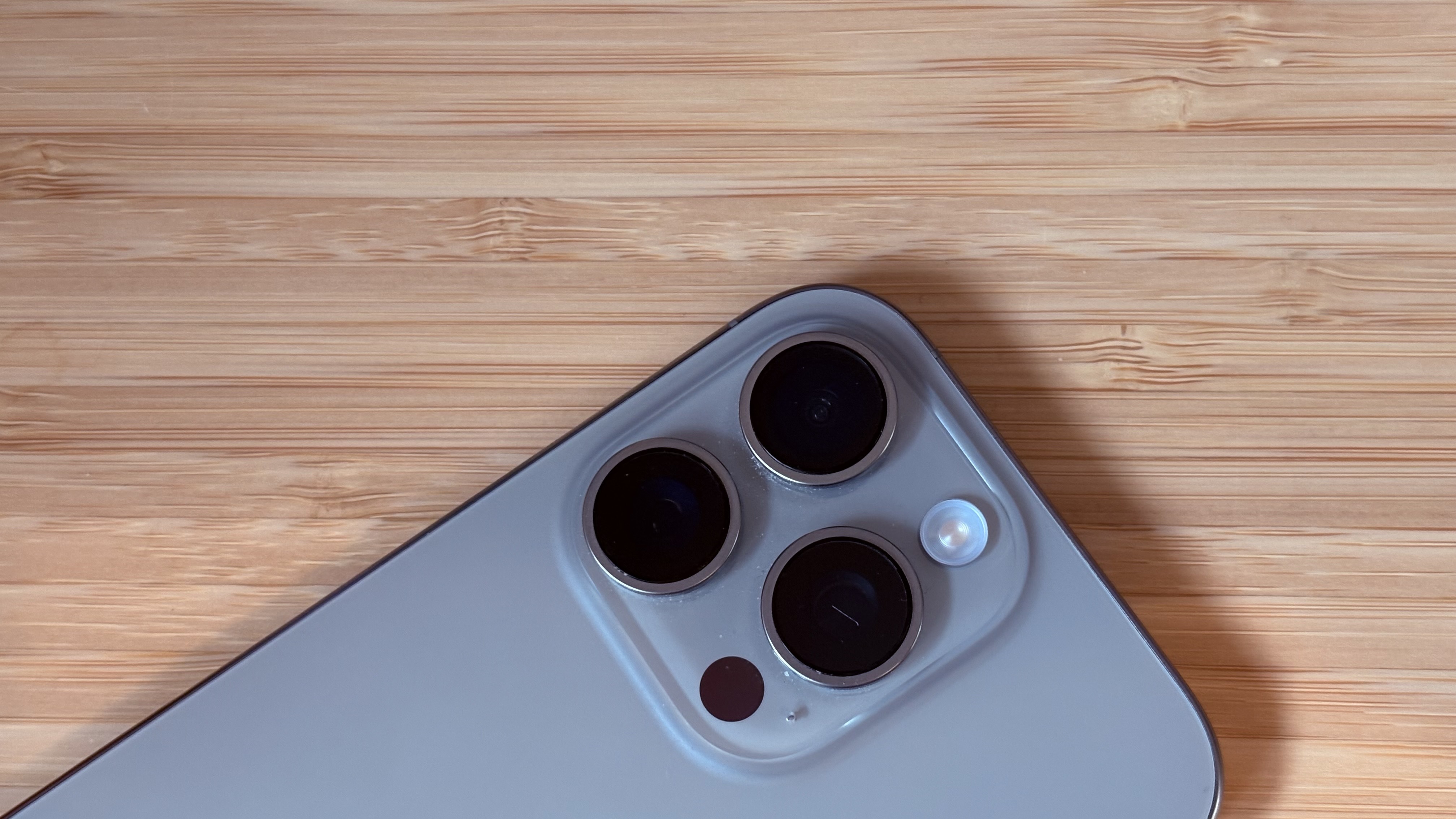
Features and performance
As always, setting up an iPhone is delightfully easy and straightforward. Moreso obviously if you are moving from an iPhone to an iPhone, but I found the Android-to-iOS move easier this time than ever before, thanks to an improved bespoke transferring app for that purpose.
Inside I found the new A18 chipset, with the integrated Apple GPU and 8GB of unified memory, and as before, Apple is focused on smoothness of user experience over flashy performance (even though there's plenty of performance, don't worry).
These upgraded internals aren't a revolution from last year's model, but there's a handful of new features that are focused, as so often, on what Apple deems the user needs, and then to meet that need in as effortless a way as possible. That's the rationale behind the successful Action Button, which has more customisation options this time around, and the new camera-control button, which is aimed at shortening the journey from wanting to photograph or video something to having captured what you wanted, in the way you wanted.
The camera button is an interesting addition, where a half-press enables you to adjust the zoom, and a double half-press opens up a further menu of camera options. It feels a little finicky at first, and the touch sensitivity where you can scroll along the mini-menu by stroking the button from side to side takes a bit of getting used to. After a week with it, I think I'm getting a handle on it, though, and as someone who gets frequent sudden urges to snap pictures of insects, flowers or random passing cats, it means a little less fumbling through menus in a race to catch my cat's pose before it saunters off. And for that, I'm grateful. My cat, a little less so.
The A18 Pro chip continues Apple's theme of incremental progress, where benchmarking largely backs up the company's claims of a 10-20% performance increase from last year's A17 Pro chip.
Multi-core testing in Geekbench 6 yielded an impressive 8,122 points, about 13% up on the iPhone 15 Pro (and equivalent to the average score for an M1 iPad Pro 11-inch), while single-core performance is better than ever, at 3,321 points.
The Metal GPU test gave me an average score of 32,969 points, a hair above the aforementioned iPad Pro and a good 21% above the iPhone 15 Pro. Playing games on the phone is also better than ever. I tried out Resident Evil Village, the much more gentle Infinity Nikki (which utilises UE5 graphics) and the notoriously processor-picky drag-racing game CSR 2. It handled everything with ease, with only minimal temporary drops in framerate or resolution in CSR 2 and very smooth graphics processing through both the gore of REV and the hygge vibes of Infinity Nikki. It's not quite at the level of bespoke gaming phones, though (such as the Infinix GT Pro I tested last year), as the advertised variable and automatically engaged 120Hz refresh rate doesn't always kick in as effortlessly as I would have hoped, but that's a minor niggle that will only be noticed by the most demanding gamers.
The sound produced by the speakers is also full and rich for a smartphone, with great depth and bass for such a small device, providing me with plentiful voluminous motivation as I played the BBC Radio 1 Drum & Bass Show while doing the dishes and cleaning the house.
The brightness is also fantastic as ever, at 2000 nits in direct sunlight it remains eminently useable even in the harshest outdoor lighting conditions.
Where the iPhone still lags behind, though, is charging and battery life. The battery here is smaller than in most Android rivals, at an oddly specific 3,582mAh, and even though it's bigger than last year's, battery life seems to have gone down a little. I eked about 13 and a half hours of fairly intensive use out of the 15 Pro, but only just under 12 on the 16 Pro. This is considerably less than I get out of phones like the Xiaomi 14 or the Samsung Galaxy S24 Ultra, which have battery sizes between 4,200 and 5,000mAh.
Charging is also much slower than in Android rivals, as the old-gen USB-C port seems to be unchanged from last year's model. You can get up to 50% charge in 30 minutes, which is about 10 minutes longer than it took me to charge the much cheaper nubia Z60S from 10 to 80% earlier this year. And though wireless charging has been upped to 25W when using Apple's specific MagSafe charger, it still feels like a frustrating oddity in a device that's so squarely focused on the user experience in most other respects.
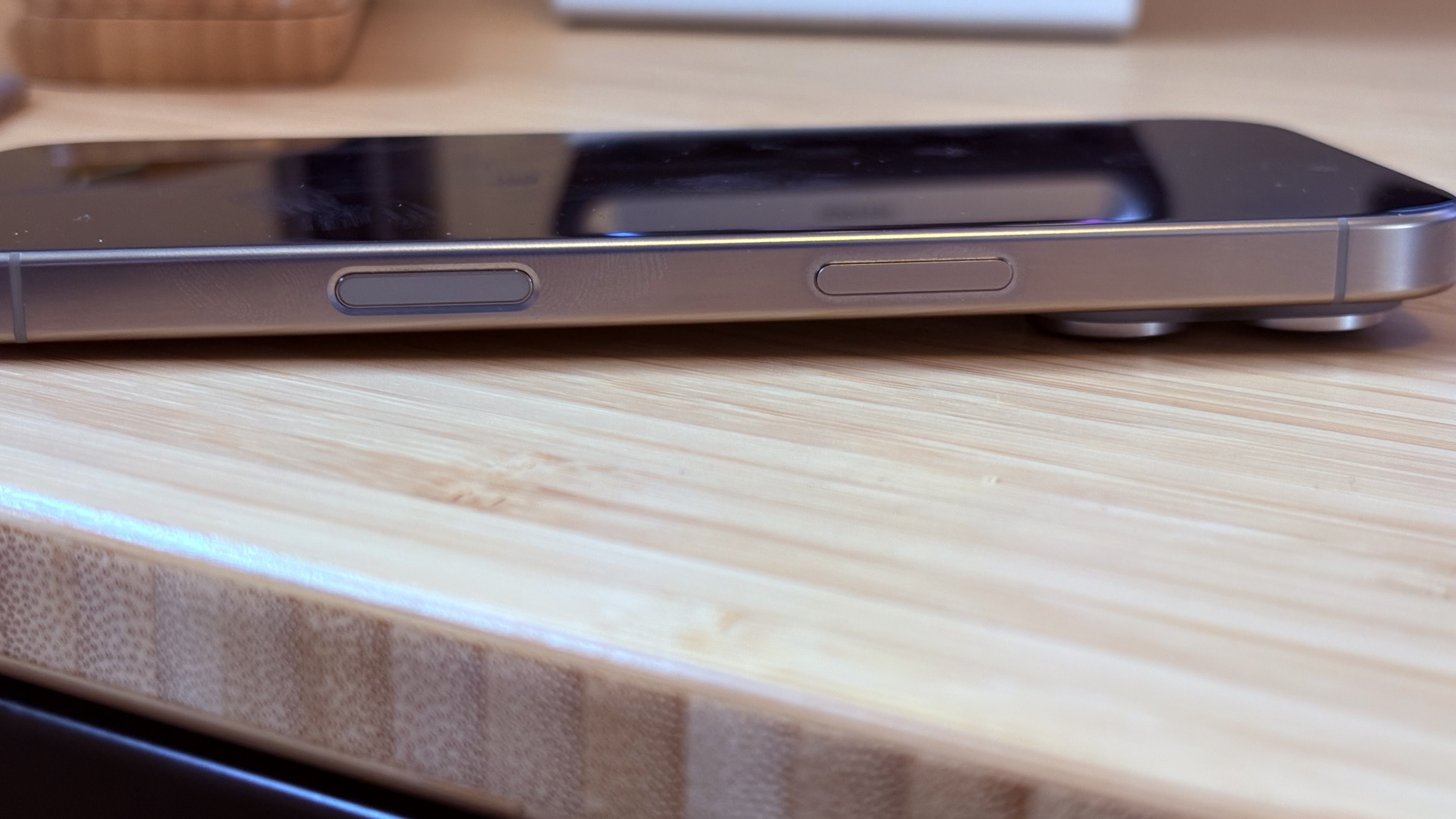
Apple Intelligence
The advent of AI has finally made its way to Apple's shores, in the form of 'Apple Intelligence', a suite of AI features due to be rolled out to iOS 18 at the end of this year. This includes generative AI features like image and emoji generators (get used to hearing 'Genmoji' everywhere for a few months in a bit), along with writing aids, a more digital-assistant-focused Siri and more intelligent image search and recognition. I haven't been able to test this suite in its consumer form yet, but we will keep you updated with our testing of that as we get access to it on Creative Bloq.
Camera

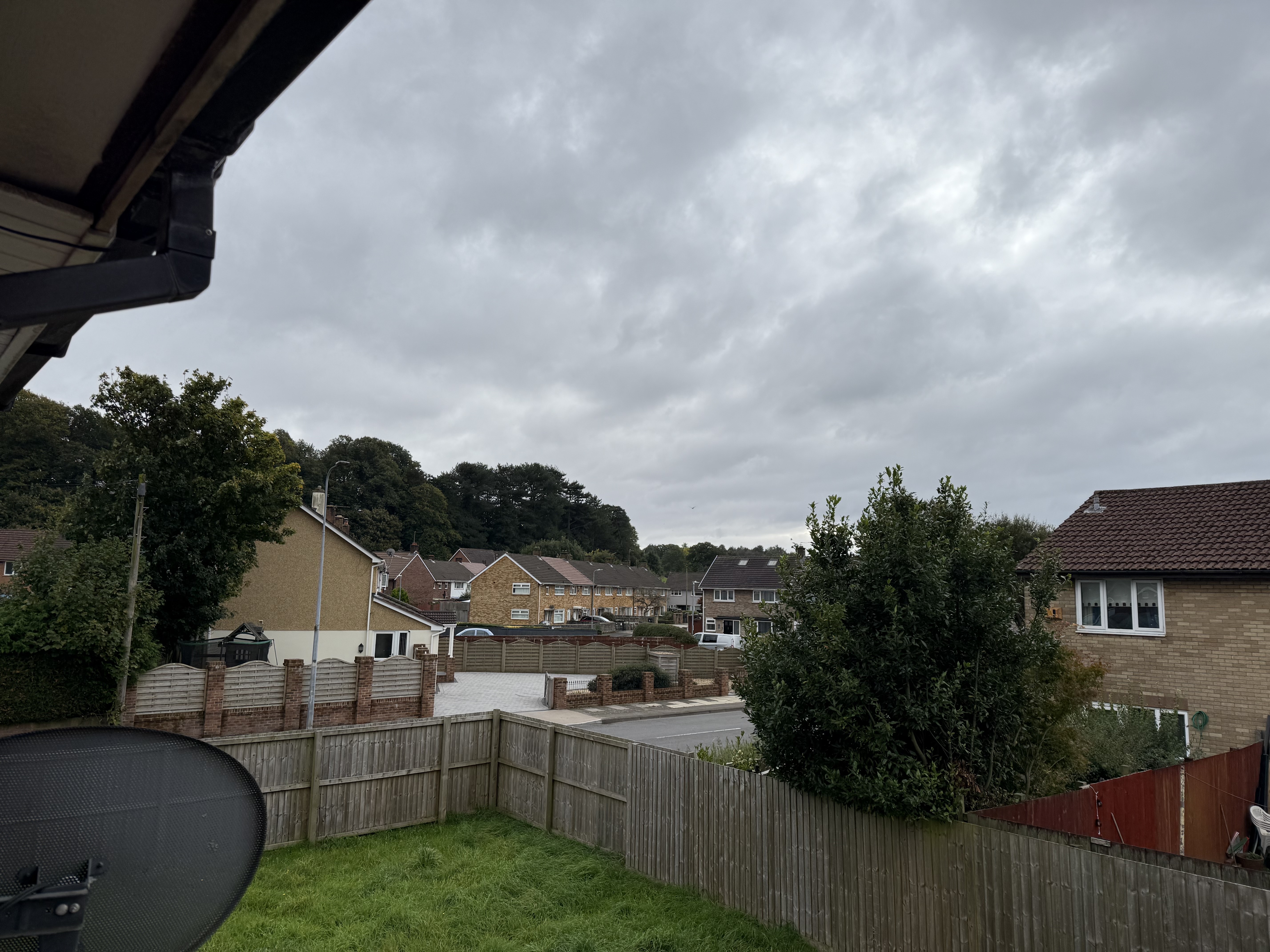


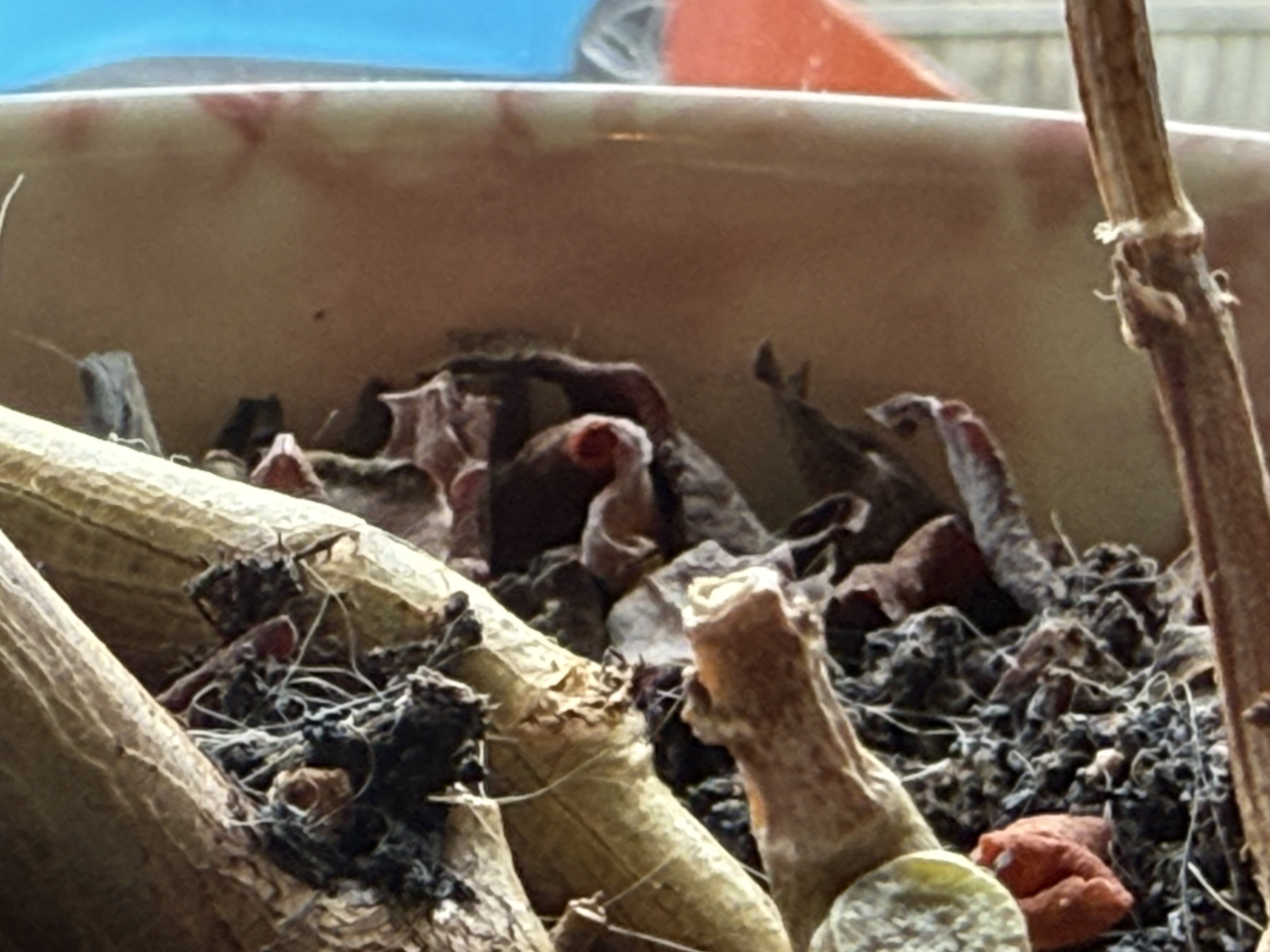
The photo app is improved from last year, with more customisation of images, and an added live preview with your desired settings. Filters, colour saturation, focus, lighting effects and more can all be programmed.
The cameras themselves also see an incremental upgrade, with an improved macro lens and better ultrawide capabilities in general. You can also film up to 4K in 120fps, and there are some interesting editing options available for video shot in the highest quality, including near-cinema-quality slow motion and improved lighting effects.
The 48MP main camera produces high-quality images, with the ability to capture them in pure HEIF form ideal for those who want to export and edit it to their heart's content. The sensor, whose exact specifications are unclear, is definitely among the better ones, but the iPhone still trails the likes of the Xiaomi 14 in sheer photo fidelity. The added macro functionality is a welcome and overdue sight on the Pro and it produces some stunning extra-close-up imagery.
The video capture supports 4K video at up to 120fps on the Pro model, which is a step above the vanilla iPhone 16, which I tested alongside the Pro model.
It is probably the best iPhone for photography we've ever had. Still, with the leaps many other makers have made in the last half-decade, if you're going for the camera above everything else, there are some better (and often more affordable) Android alternatives available.
Price
The iPhone 16 Pro starts at £/$999, but the model I tested, which has 1TB of storage, is a whopping £/$1,499, which of course is crazy money for a phone, no matter what brand it is. Go for the Pro Max and its 6.9-inch screen, and you'll be paying £/$200 on top of that.
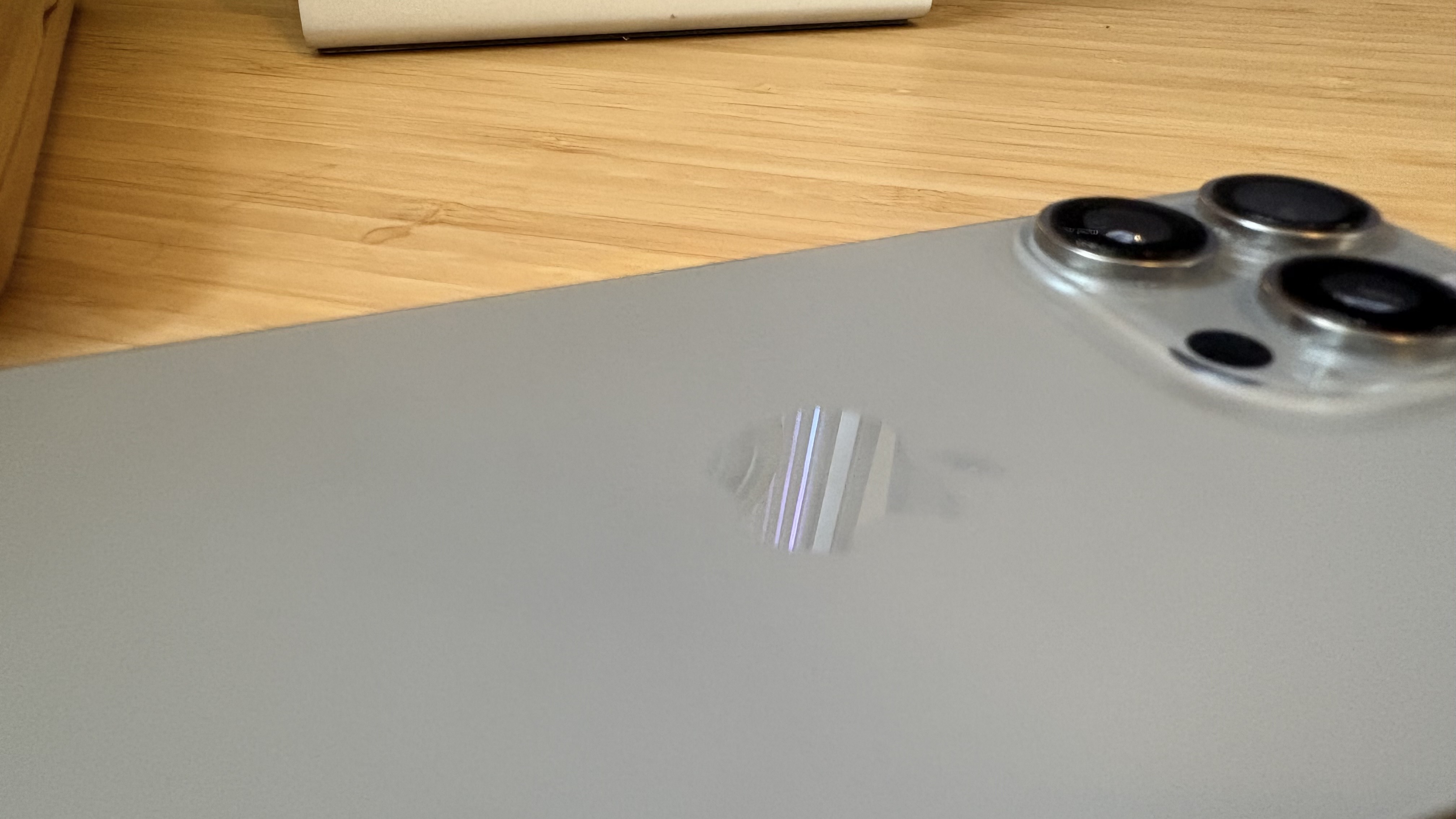
Who is it for?
The iPhone 16 Pro sets itself apart from the regular iPhone 16 (or its identically specced but bigger-screened Plus sibling, which we've reviewed alongside the Pro) in only a few aspects, so this is probably not the iPhone I would recommend for the everyday user or casual content makers. If you are a professional, however, a content creator, pro camera-phone photographer or a YouTuber who needs the extra features (like UHD 120fps video, 5x optical zoom and macro images) the Pro becomes a viable choice. Everyone else going for a new iPhone will be more than happy with the 16 or 16 Plus.
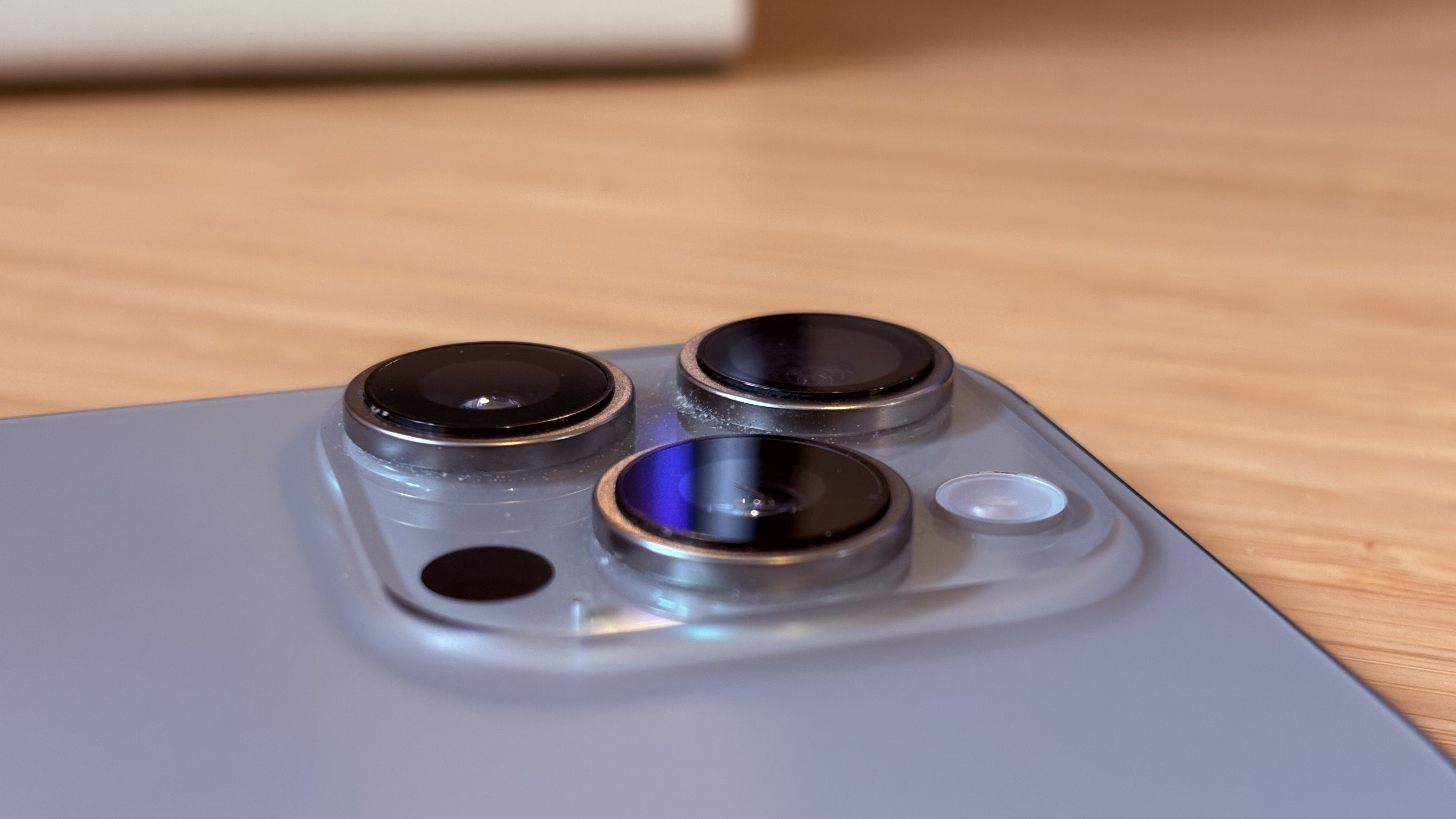
Buy it if
- You are a professional content creator
- You want to record UHD video at high framerates
- You want the absolute best possible performance out of your iPhone
Don't buy it if
- You don't need the luxury camera features
- You want fast charging
- You have an iPhone 14 or 15 Pro already







